-
Welcome to 4Runners.com!
You are currently viewing as a guest! To get full-access, you need to register for a FREE account.
As a registered member, you’ll be able to:- Participate in all 4Runner discussion topics
- Transfer over your build thread from a different forum to this one
- Communicate privately with other 4Runner owners from around the world
- Post your own photos in our Members Gallery
- Access all special features of the site
OEM Parts vs After Market Parts
Discussion in '5th Gen 4Runners (2010-2024)' started by Kairos4x4, Oct 20, 2024.

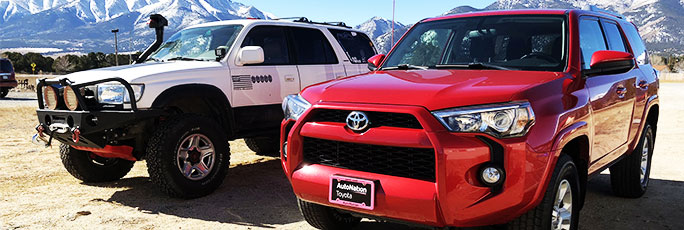
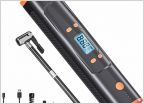 Air Bag Rear Spring
Air Bag Rear Spring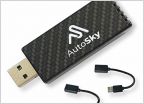 2023 Headunit Restarting Randomly in CarPlay
2023 Headunit Restarting Randomly in CarPlay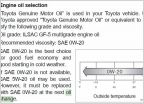 First Oil Change
First Oil Change Wireless CarPlay...Does it well?
Wireless CarPlay...Does it well? Air injection wire pulled away from clip!
Air injection wire pulled away from clip!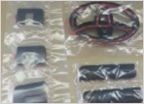 OEM part numbers needed...please!
OEM part numbers needed...please!













































































